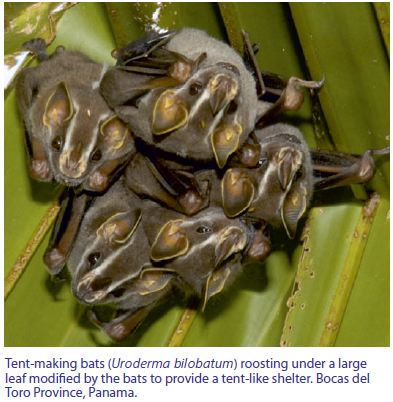Bats harbor potential ancestor of human hepatitis B virus
More than 240 million people worldwide are chronically infected with hepatitis B, which kills an estimated 620,000 people every year. The high efficacy of a prophylactic vaccine against the disease and the lack of established animal reservoirs for the virus underlie hopes to eradicate the disease in the coming decades. Jan Drexler et al. (pp. 16151–16156) report the discovery of three novel virus species closely related to hepatitis B virus (HBV) in bats, whose longevity, dense roosting communities, and migration facilitate the evolution and transmission of pathogenic viruses. The authors used molecular and immunological assays to screen 54 species of bats from Panama, Brazil, Gabon, Ghana, Germany, Papua New Guinea, and Australia, and identified three HBV-related virus species, namely roundleaf bat HBV, horseshoe bat HBV, and tent-making bat HBV (TBHBV). The authors report that the bat infection patterns resembled human hepatitis, and virus particles engineered to bear surface proteins from TBHBV could successfully infect cultured human liver cells, in contrast to the two other distantly related bat viruses. However, antisera from humans successfully vaccinated against HBV failed to block the infection of cultured human liver cells. According to the authors, TBHBV might be related to the common ancestor of HBV and primate HBV-like viruses, and global hepatitis B eradication efforts might require vaccine formulations with broad antigenicity.

Read about
Bats carry pathogenic hepadnaviruses antigenically related to hepatitis B virus and capable of infecting human hepatocytes